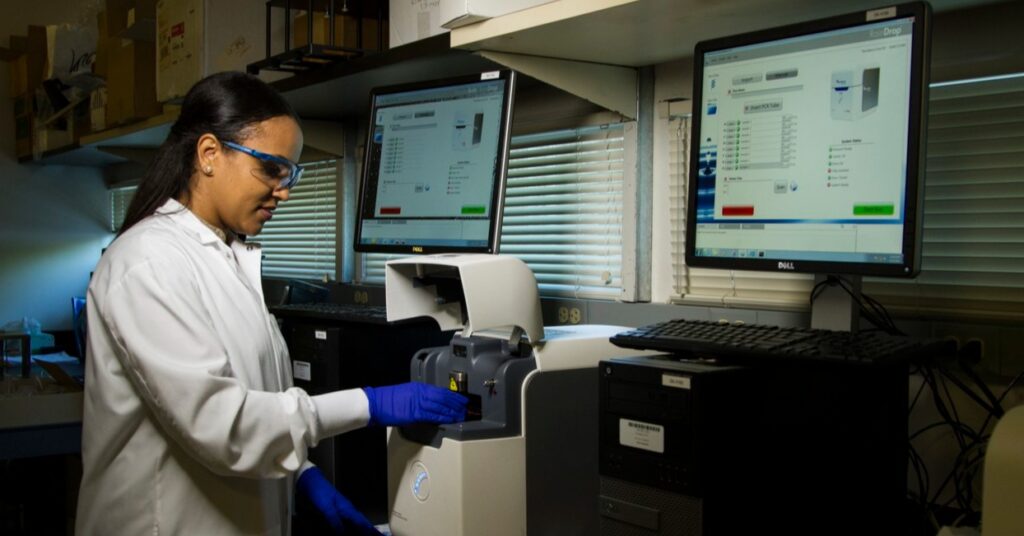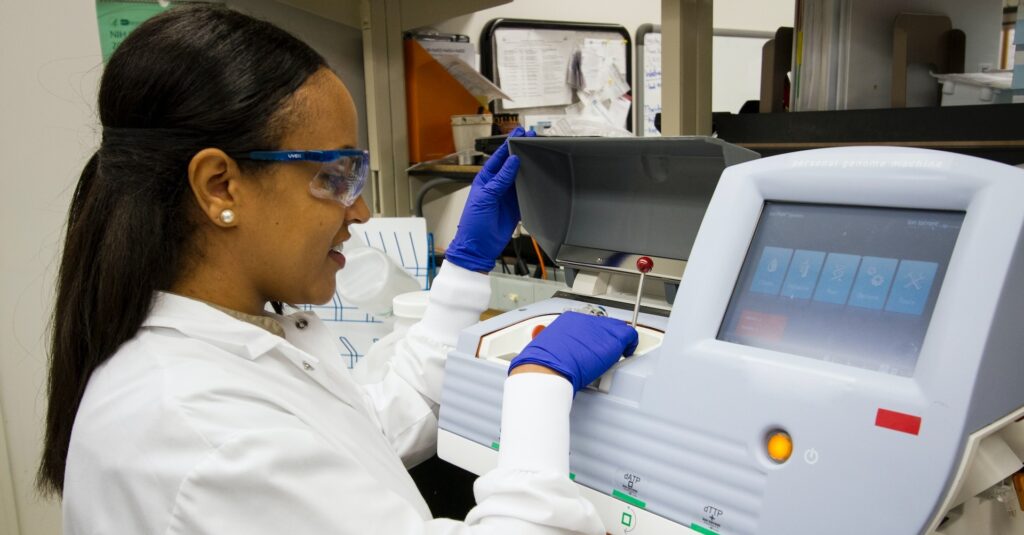
What Does a Family Nurse Practitioner Do?
A family nurse practitioner (FNP) provides comprehensive primary health care [...]

Measles was declared officially eliminated from the United States in the year 2000. Great, well that takes care of that, right?
Sadly, no. In 2019, nearly 1,300 new cases emerged in 31 states, largely among unvaccinated individuals. Thankfully, epidemiologists worked tirelessly to curb the spread of this highly contagious and deadly disease.
How did they do it? The epidemiological triangle, also known as the epidemiological triad, played a central role. This conceptual framework helps epidemiologists analyze the connection between three key components: the agent, the host, and the environment. It helps them understand factors contributing to the spread of infectious diseases. That, in turn, helps them devise effective control and prevention policies.
So, what is the epidemiological triangle? This article answers that question and also discusses:
The epidemiologic triad or triangle is an organized methodology used by epidemiologists to understand infectious disease transmission. Its three components: the agent, the host, and the environment.
The agent pertains to the microorganism or pathogen responsible for inducing the disease. The host relates to the individual susceptible to the agent. The environment encompasses external factors that aid or impede disease transmission.
The agent refers to the microbe or pathogen responsible for initiating an infectious ailment. It is the central element of the epidemiological triangle. It can include bacteria, viruses, parasites, or other biological organisms capable of infecting a host. The agent possesses distinct attributes that determine its manner of transmission, pathogenicity (capacity to induce disease), and virulence (severity of the resulting ailment).
Understanding the agent’s characteristics is vital for implementing appropriate control measures and formulating treatments or preventive strategies like vaccines. Investigating the agent helps identify potential reservoirs, vectors, or sources of infection. This can facilitate disease management and containment.
The host pertains to the individual or populace prone to infection by the agent. The host plays a crucial role in transmitting and disseminating infectious diseases. Age, genetic makeup, immune status, and underlying health conditions influence the host’s susceptibility to infection. Additionally, socioeconomic factors, healthcare accessibility, and lifestyle choices contribute to the vulnerability of an individual or population.
Comprehending the attributes and demographics of the host is vital for:
The environment encompasses the external elements that either facilitate or impede the transmission of infectious diseases. It includes the physical and social surroundings where disease transmission occurs.
Environmental factors include climate, geography, availability of uncontaminated water and sanitation facilities, and the presence of vectors or reservoirs. Social environmental factors include population density, living conditions, behavioral patterns, cultural norms, and the state of healthcare infrastructure.
Understanding the importance of the environment is vital in:
Altering environmental factors that contribute to the spread of diseases is crucial in designing effective disease control and prevention strategies.
The epidemiological triangle helps identify risk factors associated with diseases. Epidemiologists identify factors that increase the likelihood of disease transmission by analyzing interactions among the agent, host, and environment. For example, socioeconomic factors, poverty, and limited access to healthcare can amplify the impact of infectious diseases in vulnerable populations. In addition, behavioral factors like poor hygiene practices and high-risk behaviors can increase infection.
Consider the association between excessive alcohol consumption and liver disease. Prolonged and heavy alcohol use can cause liver damage, leading to alcoholic hepatitis and cirrhosis. Other risk factors include genetic predisposition and coexisting liver conditions.
The Centers for Disease Control and Prevention (CDC) plays a central role in disease control and prevention in the United States. It monitors disease outbreaks, conducts research, and provides evidence-based recommendations to mitigate the spread of infectious diseases. In addition, the CDC collaborates with local, national, and international partners to develop strategies for disease surveillance, outbreak investigation, and public health interventions. The CDC’s mission is to protect public health and enhance global health security through its comprehensive efforts.
The epidemiological triangle provides a framework for understanding the complex dynamics of infectious diseases. Public health professionals can identify risk factors, investigate disease causation, and develop effective strategies for disease control and prevention by considering the symbioses between the agent, host, and environment. In the US, the CDC takes the lead in all these undertakings.
Questions or feedback? Email editor@noodle.com

A family nurse practitioner (FNP) provides comprehensive primary health care [...]

FNPs practice in a broad range of health care settings. [...]

Some epidemiologists assist pharmaceutical companies in developing safer medicines. Some [...]

A Bachelor of Science in Nursing (BSN) is a four-year [...]

BS/PharmD degree programs combine classroom instruction with hands-on experiential learning [...]
Categorized as: Epidemiology, Public Health, Nursing & Healthcare